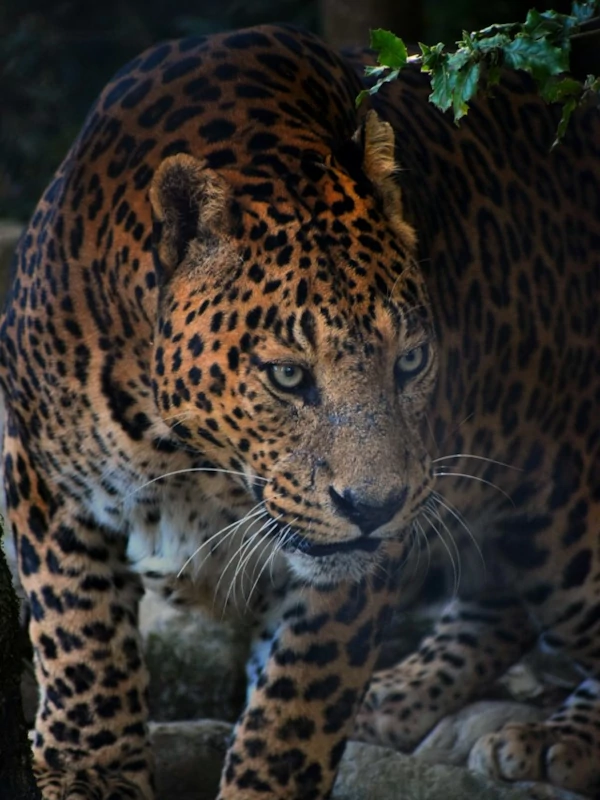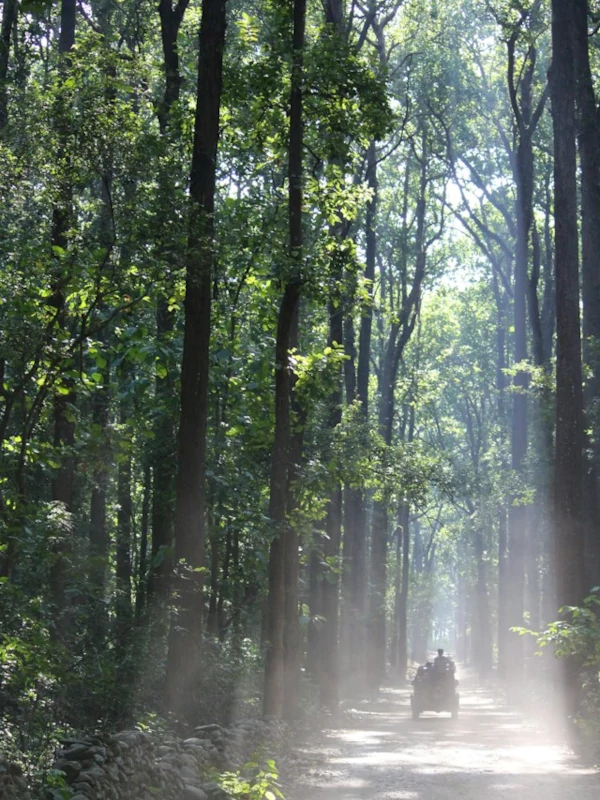The park is renowned for its rich biodiversity, housing a diverse array of flora and fauna. Visitors to Jim Corbett National Park are treated to the sight of lush green landscapes, dense forests, and the meandering Ramganga River. The park is particularly famous for its population of Bengal tigers, and it has been a crucial site for the Project Tiger initiative aimed at conserving this endangered species. Apart from tigers, the park is also home to leopards, elephants, deer, and a myriad of bird species, making it a haven for wildlife enthusiasts and nature lovers.
Jim Corbett National Park is not just a sanctuary for wildlife; it's also a haven for those seeking adventure and tranquility. The park offers opportunities for safari experiences, allowing visitors to explore its various zones like Dhikala, Bijrani, and Jhirna. The diverse topography provides a chance to witness different ecosystems, from grasslands to dense forests. With a blend of natural beauty, wildlife encounters, and a touch of history, Jim Corbett National Park continues to be a cherished destination for ecotourism in India.








